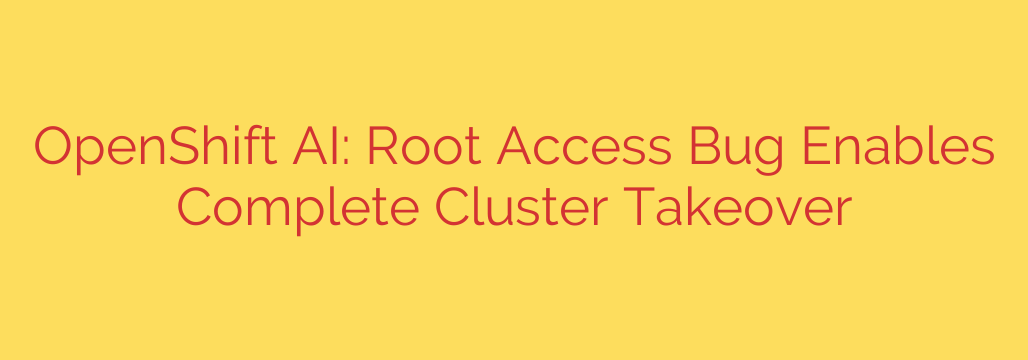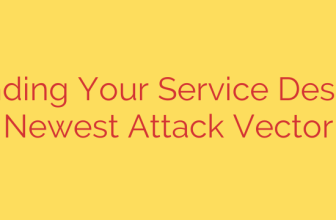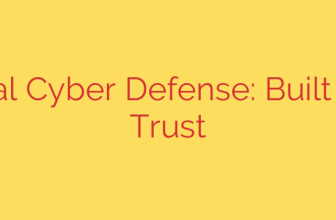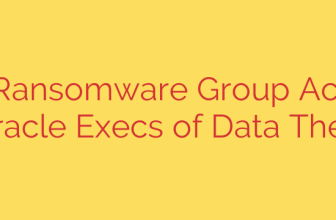
Critical OpenShift AI Vulnerability: A Flaw Granting Root Access and Full Cluster Control
A significant security flaw has been discovered within Red Hat OpenShift AI, a powerful platform designed for building, deploying, and managing artificial intelligence and machine learning models. This critical vulnerability could allow an attacker to gain root-level access, potentially leading to a complete takeover of an entire Kubernetes cluster. The discovery highlights the growing need for robust security measures as AI/ML platforms become increasingly central to enterprise operations.
For organizations leveraging OpenShift AI, this is a serious alert that demands immediate attention. Understanding the nature of the flaw and taking swift, decisive action is essential to protect sensitive data, valuable models, and critical infrastructure.
The Anatomy of the Vulnerability: From User to Root
The core of the issue lies in a privilege escalation vulnerability. In a properly configured multi-tenant environment, users should be strictly isolated from one another and from the underlying host system. Their permissions should be limited to prevent them from accessing or interfering with other users’ workloads or the cluster’s core components.
This vulnerability, however, creates a crack in that digital wall. An authenticated but low-privileged user could exploit this flaw to break out of their containerized environment. This “container escape” allows them to gain elevated permissions on the underlying node, ultimately achieving root access.
Once an attacker has root privileges on a single node within a Kubernetes cluster, they often have the keys to the entire kingdom. They can potentially:
- Access and manipulate the Kubernetes API server.
- Deploy malicious pods with high privileges.
- Move laterally to compromise other nodes in the cluster.
- Access secrets, configurations, and sensitive data from all other applications running on the cluster.
The Ripple Effect: The High Stakes of a Cluster Takeover
A full cluster compromise is one of the most severe security incidents an organization can face. The potential consequences extend far beyond a single application and can have a devastating operational and financial impact.
- Intellectual Property Theft: Attackers can steal proprietary AI models, sensitive training datasets, and confidential source code, which often represent millions of dollars in research and development.
- Complete Data Breach: With control over the cluster, adversaries can exfiltrate any data processed by any application, including customer information, financial records, and internal communications.
- Infrastructure Hijacking: Compromised clusters are a prime target for resource abuse. Attackers can use the powerful computing resources (especially GPUs) for malicious activities like cryptocurrency mining or launching large-scale denial-of-service (DoS) attacks.
- Ransomware Deployment: An attacker with root control can encrypt the entire cluster’s storage volumes, shutting down all services and demanding a massive ransom for their recovery.
- Launchpad for Further Attacks: The compromised cluster can be used as a trusted pivot point to launch attacks against other systems within the corporate network, bypassing perimeter defenses.
Urgent Security Recommendations: How to Protect Your Environment
Protecting your OpenShift AI environment requires immediate action. Simply hoping you won’t be a target is not a viable strategy. Follow these critical steps to mitigate your risk.
1. Apply Patches Immediately
Red Hat has released patches to address this vulnerability. The single most important action you can take is to update your OpenShift AI installation to the latest version. System administrators should prioritize this update as a matter of urgency. Delaying the patch leaves your entire cluster exposed to potential compromise.
2. Implement the Principle of Least Privilege
Ensure that users and service accounts are granted only the minimum permissions necessary to perform their jobs. Avoid granting cluster-admin roles unless absolutely essential. Regularly audit permissions to identify and revoke excessive privileges that could be exploited.
3. Enhance Monitoring and Alerting
Proactive monitoring is key to detecting suspicious activity. Configure your systems to alert on unusual behavior, such as:
- Unexpected processes running inside containers.
- Attempts to access the underlying host filesystem from a pod.
- Unusual API calls to the Kubernetes API server.
- Anomalous network traffic patterns.
4. Utilize Security Contexts and Pod Security Admission
Leverage OpenShift’s built-in security features. Use Security Context Constraints (SCCs) or Pod Security Admission (PSA) to enforce strict policies that prevent containers from running as root, disabling privilege escalation, and restricting access to host resources. These controls can serve as a critical defense-in-depth layer, potentially blocking this type of exploit even if the software is vulnerable.
Securing the Future of AI/ML Workloads
This vulnerability serves as a stark reminder that as AI and ML platforms grow in complexity and importance, they also become more attractive targets for attackers. The security of the underlying infrastructure is no longer an afterthought—it is a foundational requirement for protecting the next generation of business-critical applications. By staying vigilant, applying patches promptly, and embracing a defense-in-depth security posture, organizations can continue to innovate with confidence.
Source: https://go.theregister.com/feed/www.theregister.com/2025/10/01/critical_red_hat_openshift_ai_bug/







